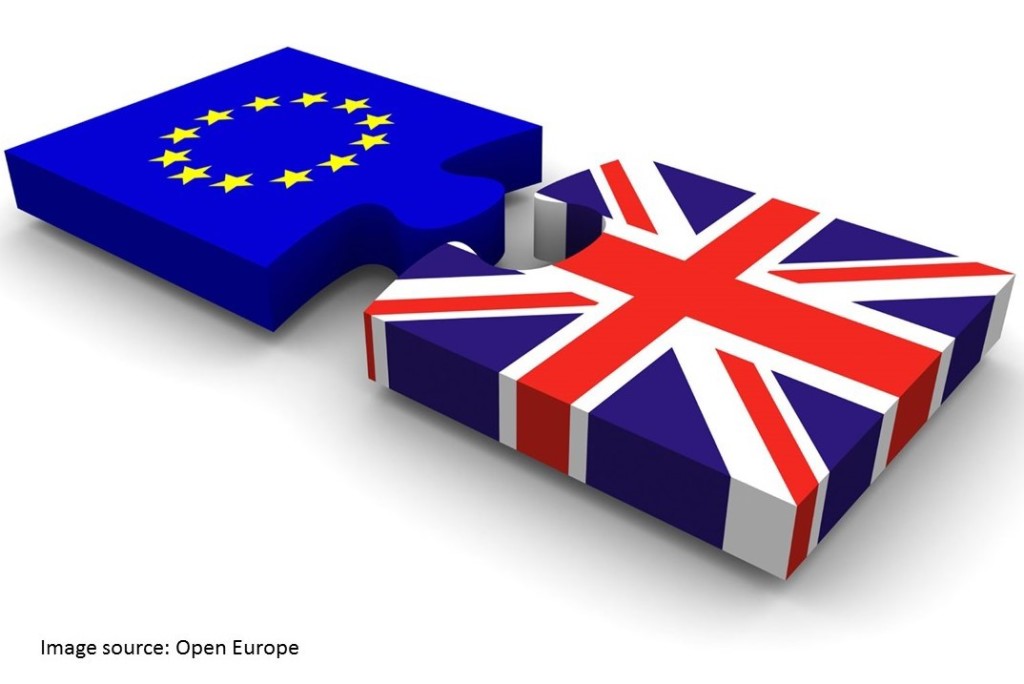Brexit, Britain exiting the European Union (EU), is all the news now. You cannot open a newspaper, watch news on TV or even surf the usual internet news platforms without getting bombarded by something or another that screams BREXIT. In the media’s eagerness to gain eyeballs and readership, one encounters more and more amusing (I’m being polite here) angles about the consequences of Brexit – mostly forebodings of bad but with some slivers of good.
***
Doomsday gurus are out in force predicting anything from a stock market collapse to a fracturing of the UK and even the EU; to the disintegration of ASEAN; and Scottish chicken refusing to lay eggs. (Just for the heck of it, click on the link and you’ll learn of at least one farm that has stopped breeding or selling chicken).
Incidentally, I added that last bit about the chicken to see whether you’re still paying attention.
As Singaporeans, and more specifically, as value investors engaged in value investing (that’s my wit again), what ominous portents does Brexit hold for us – for you?
The quick rejoinder is – “Relax, bro,” as a wise sage once proclaimed, “this too shall pass”.
Now that you’ve taken the sage’s advice and relaxed or at least intrigued, let’s cut through the noise and take a good hard look at your portfolio. Here are some steps if you wish to get an unhindered view:
Step 1: Review your stock market portfolio. Which of the businesses have exposure – any exposure – to the UK and/or EU market. If you don’t know, well, now is the time you wished you’d kept track of the businesses you own – yes, even if you own one share, you own a part of that business. You’re more than a value investor – you’re a business person too.
If you don’t know about your businesses’ exposure to the UK and/or EU, no worries. Check out the company websites and whatever information you can garner over the internet.
Step 2: If the businesses you own do not have exposure to the UK or EU – Phew! – skip and go to “Step 5” below.
If you do have businesses with exposure to the UK and/or EU – either for their sales or supplies – well, go to “Step 3” next.
Step 3: List down all the businesses with exposure to the UK and/or EU market. Read up on what the pundits say about these counters – not to blindly follow their advice, but to gather enough information so that you can derive good quality decisions.
Step 4: After evaluating the counters, group them into:
- Hold – because you’re convinced the businesses will weather the storm but you’re not prepared to increase or decrease your stake.
- Sell – because you’re convinced the long term fundamentals – key phrase, long term – have changed and the intrinsic value of the business is not what it was when you first bought that counter. After selling, re allocate your funds to other counters that you’d been watching, like a hawk, to drop.
- Buy – because you’re convinced the long term fundamentals remain solid, the market has gone into one of its periodic insanities and the stock is now again selling below its intrinsic value. Tough call to buy, but this is one of those times you read about and it’s here – the market is spooked but you hold a contrarian view. Can you go against the herd? Hmmm, interesting.
Note: I’m not asking you to Buy, Sell or Hold – that is your decision. These steps are merely to get some method into the prevailing conflicting news trends.
Step 5: Your businesses have no exposure to the UK and/or EU. Relax and watch the fun but learn, learn and learn some more, the lessons that Brexit throws up. It’s not often that one gets a grandstand view of such a momentous event.
For all our value investing graduates, thank you for visiting and reading.
If you’ve not attended our FREE Master Class on Value Investing, click on the nice bright red button.
###



